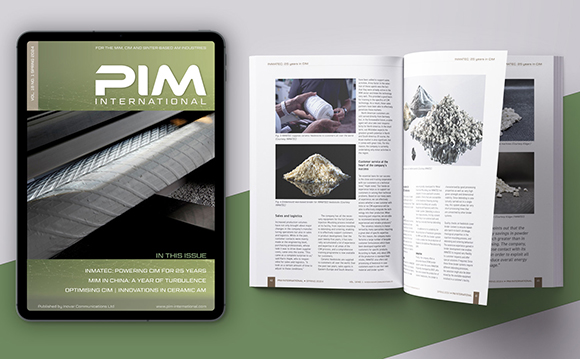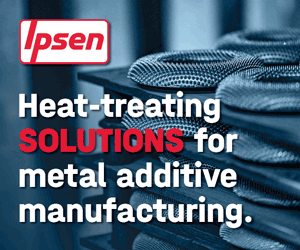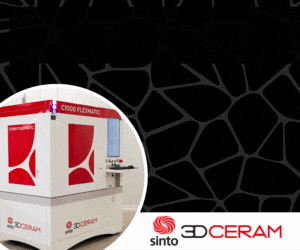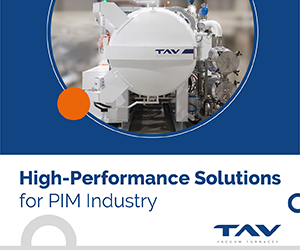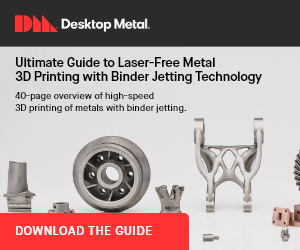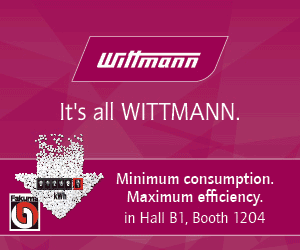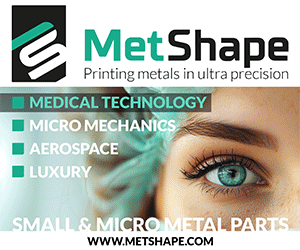World PM2016 Exhibition: Metal Injection Moulded smartphone housings to be demonstrated
September 16, 2016
At the World PM2016 Congress and Exhibition, to be held from October 9 to 13 in Hamburg, Germany, Arburg will demonstrate the cost-efficient production of smartphone housings. Metal Injection Moulding is increasingly being used in the smartphone sector as a production-efficient and cost-effective alternative to conventional machining processes.
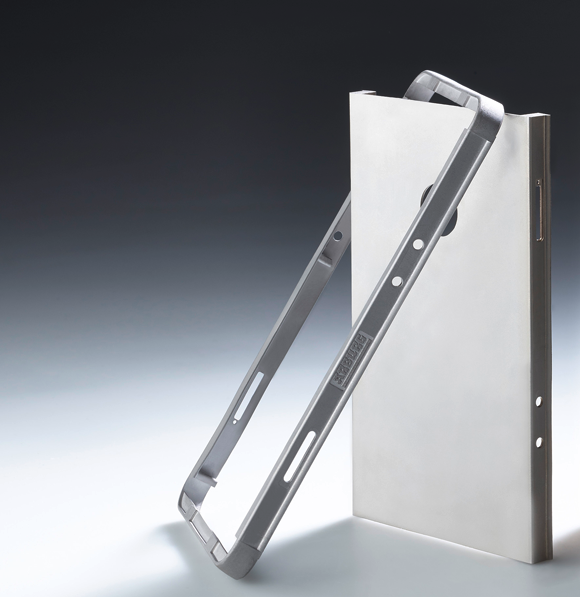
A hydraulic Allrounder 470 S will use the Metal Injection Moulding process to produce a green compact for a smartphone back cover in a cycle time of around one minute. The changeable mould can also alternatively be used to mould the frame.
“The booming international smartphone market offers huge potential for Powder Injection Moulding,” stated Arburg’s PIM expert Hartmut Walcher. “We’re receiving more and more inquiries from this segment at international trade fairs. As a result, we’ve now established a joint venture with BASF for an innovative PIM application that will be seen for the first time at the World PM2016 fair. This enables significant cost savings in comparison with conventional machining processes.”
This innovative application for Metal Injection Moulding has been implemented jointly with BASF. A hydraulic Allrounder 470 S with a clamping force of 1,100 kN will be used to produce back housings using BASF’s Catamold 17-4 PH Plus feedstock. In addition to the back housing, the changeable hot-runner mould featuring liquid temperature control is also designed to produce a closed or four-part frame for smartphone housings.
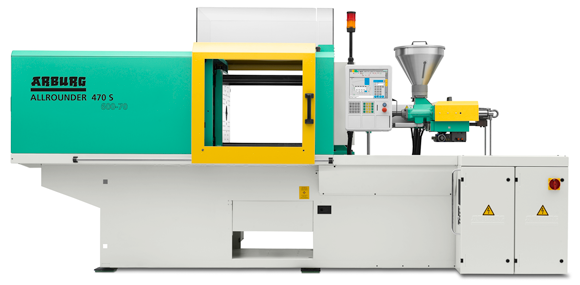
At the World PM2016 trade fair, Arburg will use a hydraulic Allrounder 470 S to demonstrate how smartphone housings can be produced in a cost-efficient manner using powder injection moulding (PIM).
The green compacts will be produced in a cycle time of around one minute. In order to minimise part distortion at a wall thickness of around 1 mm, the mould temperature is dynamically controlled to ensure a constant green density throughout the entire part.
Dynamic mould temperature control is required because of the significantly higher thermal conductivity of the MIM feedstock compared to thermoplastics. A linear MULTILIFT SELECT robotic system will gently remove the moulded green compacts and set them down on a slide rail.
As part of the Congress accompanying the trade fair, Christian Knöpfle, Application Technology Consulting at Arburg, will report on the results of his Bachelor thesis on the quality optimisation of MIM parts. The presentation, on 10 October 2016, will cover the effects of the process parameters injection speed, holding pressure, mould temperature, cavity evacuation and gate geometry on the quality of MIM parts.
Injection moulding machine manufacturer Arburg has more than 50 years of experience in Powder Injection Moulding and has produced far in excess of 1,000 Powder Injection Moulding machines for a broad range of applications and industries, including the automotive, jewellery and watch industries, as well as the IT and dental sectors.
The company’s expertise ranges from feedstock preparation and the complex manufacturing of micro-PIM parts through to cost-effective component assembly integration and the design and implementation of complete turnkey systems.
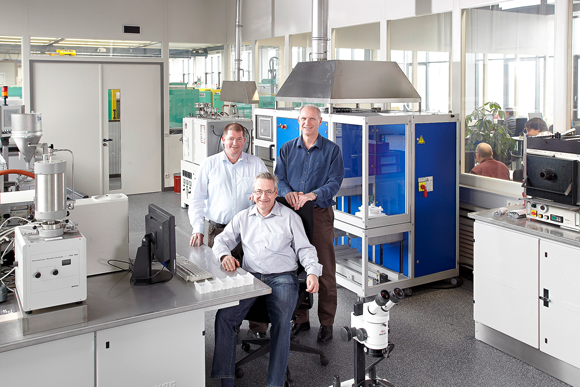
Experts Marko Maetzig, Hartmut Walcher and Uwe Haupt (left to right) at Arburg’s modern PIM laboratory.
In addition, in addition to injection moulding, all upstream and downstream production steps such as material preparation, debinding, sintering and part analyses can also be tested under practical conditions at its in-house PIM laboratory.
Visit Arburg on stand 129 at World PM2016
www.arburg.com | www.worldpm2016.com




